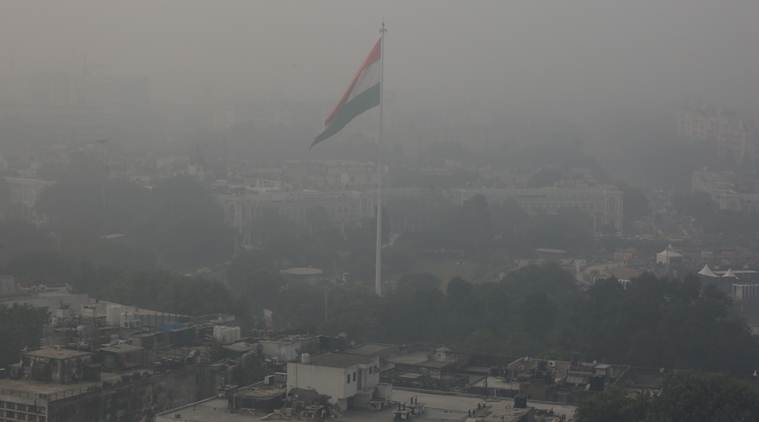In his letter, Dushyant Chautala mentioned about a IIT Kanpur project on cloud seeding that was on “standstill” due to “non-availability of technical support and aircraft from the Central government”.
Haryana Deputy Chief Minister Dushyant Chautala has written to Prime Minister Narendra Modi, requesting him to “undertake cloud seeding plan to combat the air pollution engulfing Delhi and NCR”. In his letter, Dushyant mentioned about a IIT Kanpur project on cloud seeding that was on “standstill” due to “non-availability of technical support and aircraft from the Central government”.
What is cloud seeding?
Cloud seeding is a kind of a weather modification technology to create artificial rainfall. It works only when there is enough pre-existing clouds in the atmosphere. Rain happens when moisture in the air reaches levels at which it can no longer be held, and cloud seeding aims to facilitate and accelerate that process by making available chemical ‘nuclei’ around which condensation can take place. These ‘seeds’ of rain can be the iodides of silver or potassium, dry ice (solid carbon dioxide), or liquid propane. The seeds can be delivered by plane or simply by spraying from the ground.
Where all has it been tried earlier?
Cloud seeding is not new to India and it has earlier been attempted in Karnataka, Andhra Pradesh and Maharashtra to address drought. Similar experiments of cloud seeding had earlier been tried in Australia, America, Spain and France. In United Arab Emirates, the cloud seeding technique led to creation of 52 storms in Abu Dhabi. Till last year, IMD had around 30 successful incidents of seeding. Also, such seeding is routine in Russia and other cold countries where the technique is used to disperse fog at the airports.
What is the IIT Kanpur study?
The scientists at IIT Kanpur had prepared a project to induce artificial rain via cloud seeding to clear smog in Delhi. Officials in the Environment Ministry had approved the project. The project demanded an aircraft of National Remote Sensing Agency — an ISRO-affiliated body — to fly into the clouds and inject silver iodide that would lead to formation of ice crystals, making the clouds denser and causing them to condense into rain and settle atmospheric dust and clearing the sky.
It was in 2018 when IIT Kanpur had got all the clearances from DGCA and Defence and Home ministries for the project. But due to non-availability of the aircraft, the project could not take off.
Did state governments adopt this technology?
In May 2019, Karnataka Cabinet approved a budget of Rs 91 crore for cloud seeding for a period of two years. It involved two aircraft spraying chemicals on moisture-laden clouds to induce rainfall. It was expected to begin by June end and continue for three months. Hindustan Aeronautics Limited (HAL) had also partnered with IIT Kanpur and agreed to provide Dornier aircraft and their pilots to provide logistical support to the project.
How successful is the cloud seeding technology?
The Pune-based Indian Institute of Tropical Meteorology has been carrying out cloud seeding experiments for several years now. These experiments have been done in areas around Nagpur, Solapur, Hyderabad, Ahmedabad, Jodhpur, and recently Varanasi. The success rate of these experiments in inducing rains is about 60 to 70 per cent, depending on local atmospheric conditions, the amount of moisture in the air and cloud characteristics.
Apart from IITM, some private companies also offer cloud-seeding services. It is these companies that have been engaged by Maharashtra and Karnataka in the last few years. These also received mixed success.
Source: Read Full Article


